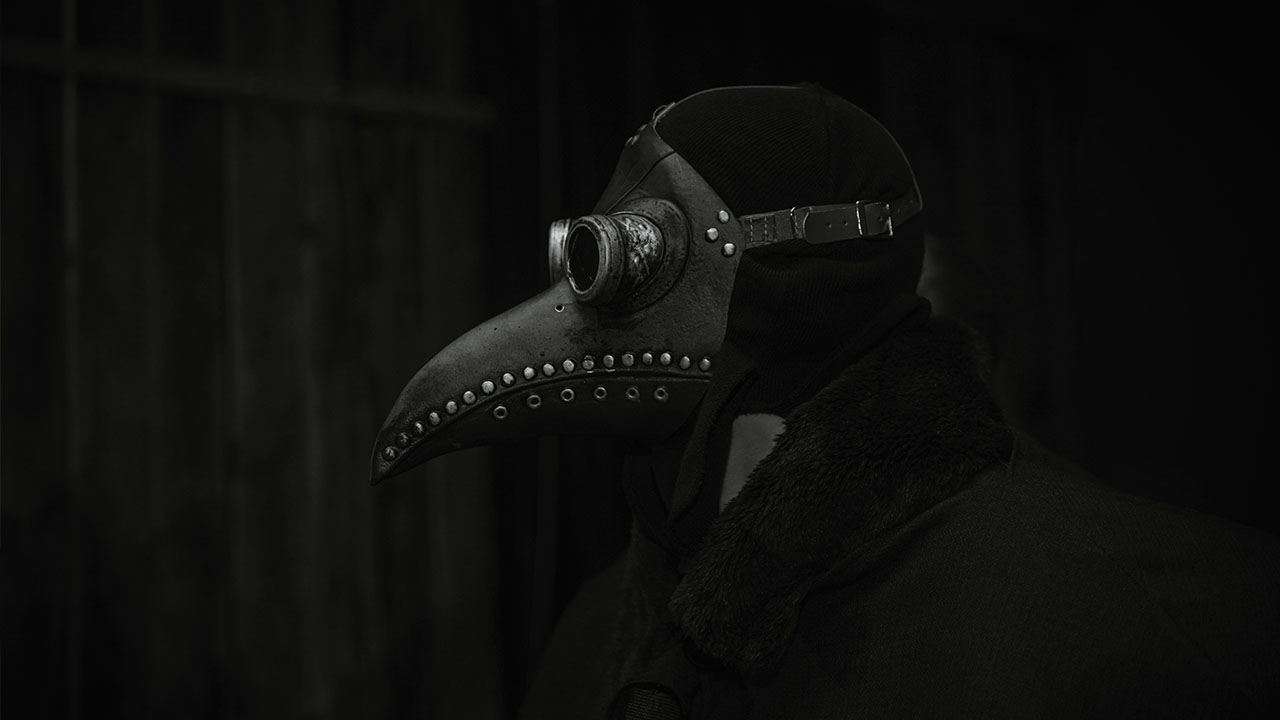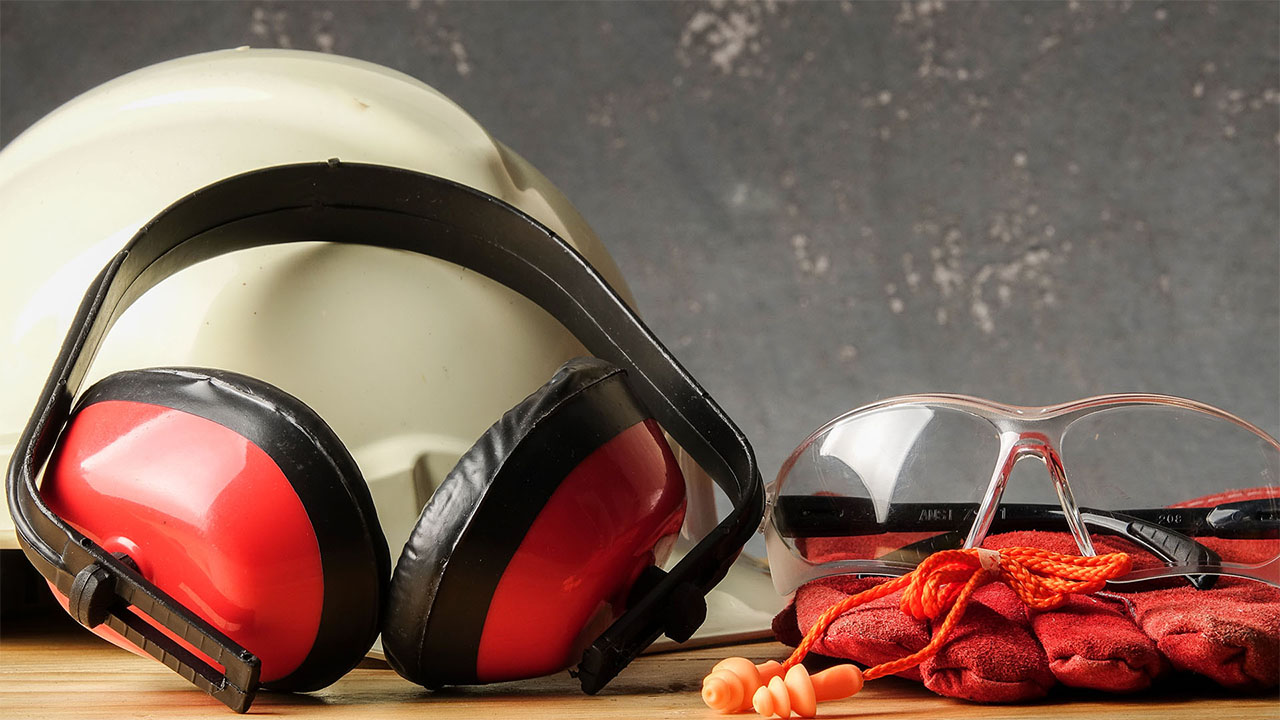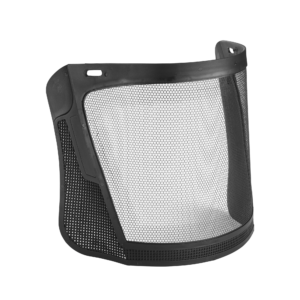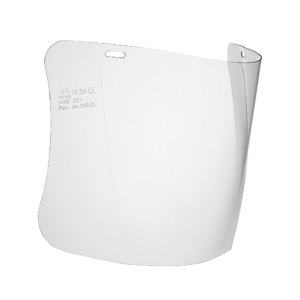What does PPE stand for? When it comes to occupational safety, few acronyms are as significant as PPE, which plays a crucial role in protecting workers in a myriad of industries.
For individuals working in sectors where safety is paramount, understanding and adhering to PPE standards is not merely a guideline, but a necessity. We invite you to delve further with us as we explore the what PPE stands for, its significance, various types, the history of PPE, and the considerations involved in selecting appropriate equipment.
What Does PPE Stand For?
PPE stands for Personal Protective Equipment, which is safety gear or clothing used by workers in various industries to safeguard against potential hazards that could cause injury or impact health. These hazards can be physical, chemical, biological, radiological, or environmental in nature.
Now that we’ve answered what PPE stands for, allow us a moment to delve deeper into the topic of PPE as a whole!
The Significance of Personal Protective Equipment
In a world increasingly focused on health and safety, PPE plays a significant role. Industries ranging from healthcare and construction to food processing and fire services employ PPE to minimize exposure to hazards and maintain a safe work environment.
Regulatory bodies worldwide, such as the Occupational Safety and Health Administration (OSHA), mandate the utilization of suitable PPE to safeguard employee safety. PPE contributes to a safer work environment by decreasing the occurrence of workplace accidents and illnesses. The resulting enhancement of productivity and employee morale underscores the significant benefits of incorporating PPE into workplace practices.
Exploring the Various Types of Personal Protective Equipment
The scope of PPE is vast, encompassing a comprehensive assortment of equipment. Each type of PPE is designed to offer protection to a specific body part, shielding it from unique hazard types.
- Head and Face Protection: Products such as helmets, hard hats, face shields, and safety goggles offer protection against risks like falling objects, chemical splashes, dust, and radiation.
- Hand and Arm Protection: Different gloves materials provide protection against hazards like cuts, abrasions, burns, chemical exposure, and extreme temperatures.
- Foot and Leg Protection: Safety boots with steel toe caps, leg coverings, and gaiters protect against punctures, crushing, chemical spills, and electrical hazards.
- Body Protection: Protective clothing like overalls, vests, jackets, and full bodysuits provide defence against various hazards, including high temperatures, flames, chemical splashes, and sharp objects.
- Respiratory Protection: Respirators and masks offer protection against airborne hazards, such as dust, fumes, and biological threats.
- Hearing Protection: Earplugs and earmuffs provide protection in high-decibel environments to prevent noise-induced hearing loss.
The Broader Implications of PPE
PPE symbolizes much more than just Personal Protective Equipment. It signifies a comprehensive commitment to ensuring safety, health, and well-being within the workplace. By outfitting workers with suitable protective gear, we can foster a safer environment, reduce accident and injury rates, and uphold productivity levels.
However, it’s crucial to remember that PPE should be seen as a final line of defence against occupational hazards. While it’s vital to ensure its availability, it’s equally imperative to enforce other control measures to minimize risk. Staying abreast with industry regulations, maintaining and using PPE properly, and cultivating a safety-centric culture in the workplace are all essential aspects of occupational safety.
A Brief Look into the History of PPE
While Personal Protective Equipment (PPE) seems to be a modern phenomenon, primarily attributed to the advancement in technology and a better understanding of workplace safety, its concept dates back to ancient times. The historical significance of PPE is as rich and diverse as the equipment itself.
The earliest known instances of PPE can be traced back to soldiers and warriors who donned helmets, shields, and body armour for protection in battles. These forms of PPE were designed to protect against physical hazards like blows, punctures, and cuts, which are still relevant in today’s modern industries.
In the Middle Ages, blacksmiths and other metal workers wore leather aprons and gloves to protect themselves from extreme heat and sparks. During the Industrial Revolution, the rapid proliferation of factories and manufacturing plants brought about a new array of occupational hazards. To mitigate these risks, workers started using rudimentary forms of PPE like cloth masks and simple safety goggles.

The 20th century, however, marked significant progress in the development and application of PPE. The advent of synthetic materials like plastics and latex led to the production of more effective safety gear. For instance, hard hats made of aluminium were introduced in the early 1900s to protect workers in construction, mining, and other industrial jobs.
In 1970, the Occupational Safety and Health Act was established in the United States, creating the Occupational Safety and Health Administration (OSHA) and setting forth regulations that required the use of PPE in numerous industries.
In recent years, the importance of PPE has been further highlighted due to global health crises, with items like gloves and respiratory masks becoming common household items. Today’s PPE is more advanced, comfortable, and protective than ever before, thanks to continuous research and development. Current innovations are focusing on integrating technology into PPE, such as wearables that monitor vital signs, and smart helmets with built-in cameras.
However, the primary goal of PPE remains the same as it was centuries ago: to protect the wearer from occupational hazards and ensure a safer working environment. As we continue to innovate and design more sophisticated forms of PPE, we uphold the spirit of those early forms of protection, confirming our commitment to worker safety and well-being.
Choosing the Right PPE

The selection of appropriate Personal Protective Equipment (PPE) is a crucial aspect of ensuring occupational safety. It’s not just about having PPE; it’s about having the right PPE. When choosing safety gear, consider the following factors:
1. Identify the Hazards: Understand the specific hazards of your workplace. Are workers exposed to chemicals, biological hazards, extreme heat, loud noise, falling objects, or sharp tools? Conducting a thorough hazard assessment can help identify the type and level of protection required.
2. Understand Regulations and Standards: Familiarize yourself with the regulations and standards set by occupational safety and health regulatory bodies such as OSHA or similar organizations in your region. These guidelines often provide specific requirements for PPE based on various job roles and industries.
3. Suitability and Comfort: Choose PPE that fits the wearer correctly and comfortably. Ill-fitting equipment can impede movement and efficiency, while uncomfortable gear can lead to non-compliance. PPE should accommodate the physical differences among workers and be suitable for the conditions under which the work is performed.
4. Quality and Durability: The quality and durability of PPE matter significantly. Always ensure that the PPE adheres to relevant safety standards. It should be strong enough to withstand the rigors of the job and durable enough to provide ongoing protection.
5. Training and Maintenance: Choosing the right PPE also includes planning for training and maintenance. Workers need to understand how to wear, adjust, clean, and maintain their PPE correctly. The effectiveness of any PPE heavily depends on whether it’s used correctly and kept in good condition.
6. Technological Features: With the advent of advanced technology, many PPE options now come equipped with smart features. This could include high-visibility gear with LED lights for low light conditions, helmets with built-in communication systems, or wearable tech that monitors the health status of workers.
Ultimately, the right PPE will depend on the specific needs and circumstances of your workplace. It’s a significant investment in the health and safety of your employees, and therefore, a critical business decision. Consultation with safety professionals can also be beneficial in ensuring the chosen PPE is the best fit for your organization.
At Talking Safety, we are committed to supplying premium PPE that strictly adheres to safety regulations and meets the diverse needs of various industries. Keep connected with us for further updates and insights regarding Personal Protective Equipment.



